A ghost tour of London on foot
Many out there believe that the capital’s streets, pubs and even hospitals are home to myriad ghosts — a few friendly, some less so. On a walk through some of these supposedly haunted sites, Carla Passino tries to separate fact from fiction.

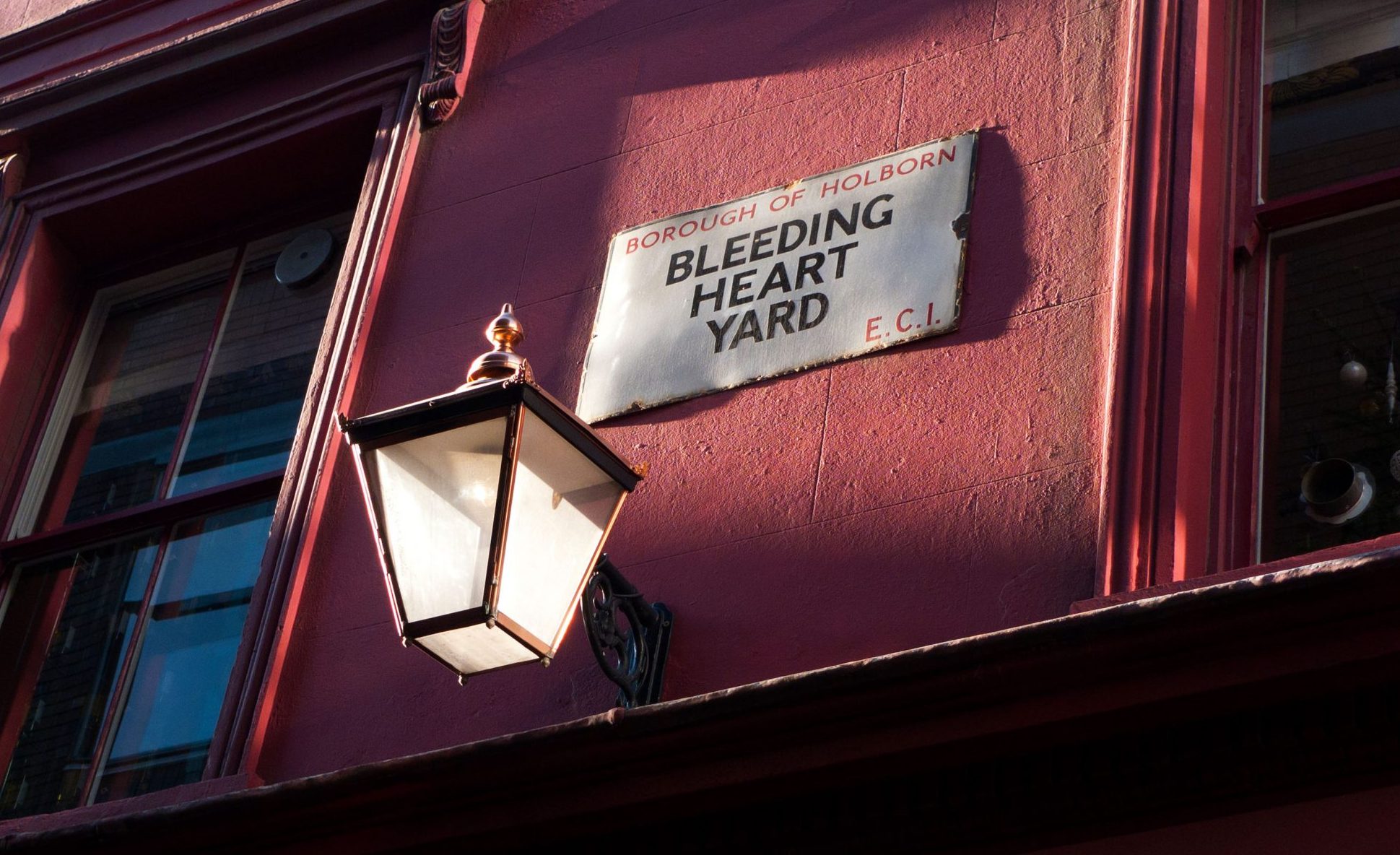
The sun dances on the red bricks of Covent Garden’s Tube station, piercing the morning’s cloudy veil and putting paid to any hope of sighting William Terriss, the ghost of the Underground. Once a celebrated 19th-century actor, Terriss is a particularly restless spectre: he haunts not only the Adelphi Theatre, where he was murdered by another thespian, but also, bizarrely, the station. Story has it that he was partial to the pies of a bakery that once stood there and returns to search for them in vain — although he may have now given up on his quest, because he has not been spotted for a few years.
London has a reputation for being one of the world’s most haunted cities, with Terriss and other phantoms roaming not only the obvious places — such as Highgate Cemetery, N6, Jack the Ripper’s Whitechapel, E1, or the Tower of London, EC3 — but also the crowded hubbubs of Covent Garden, WC2, and the City.
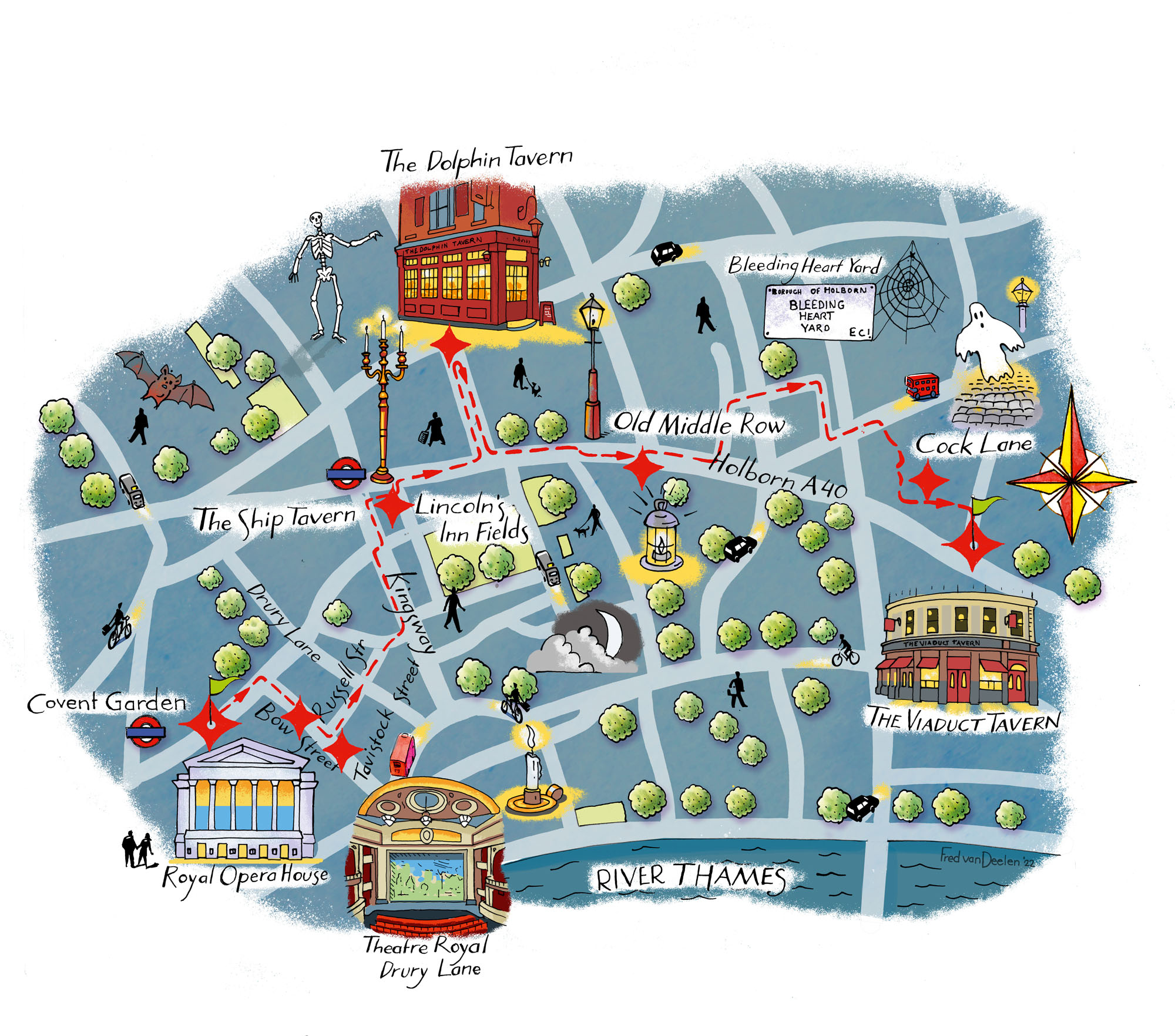
The Royal Opera House, WC2, is so thick with spectres that it made it to Classic FM’s list of the world’s spookiest concert halls. Among the many presences is a poltergeist that, when the building was undergoing renovation work in 1999, defied security to hurl bricks, bolts and metal pieces — perhaps, as did many local residents, it took issue to the expansion of the opera house.
By comparison, the ghosts of the Theatre Royal in Drury Lane, WC2 — one of the world’s most haunted venues (late-night tours take place on October 24–31) — are positively tame. Dan Leno, the cross-dressing Pantomime Dame, spreads a scent of lavender across the theatre and the behatted Man in Grey, who could be forgiven for having an axe to grind, having been stabbed to death in the upper circle, limits himself to shushing people. Only Joseph Grimaldi is a little cheekier, as befits the greatest clown of his times: his ghost apparently loves nothing more than kicking fellow actors when they are on stage.
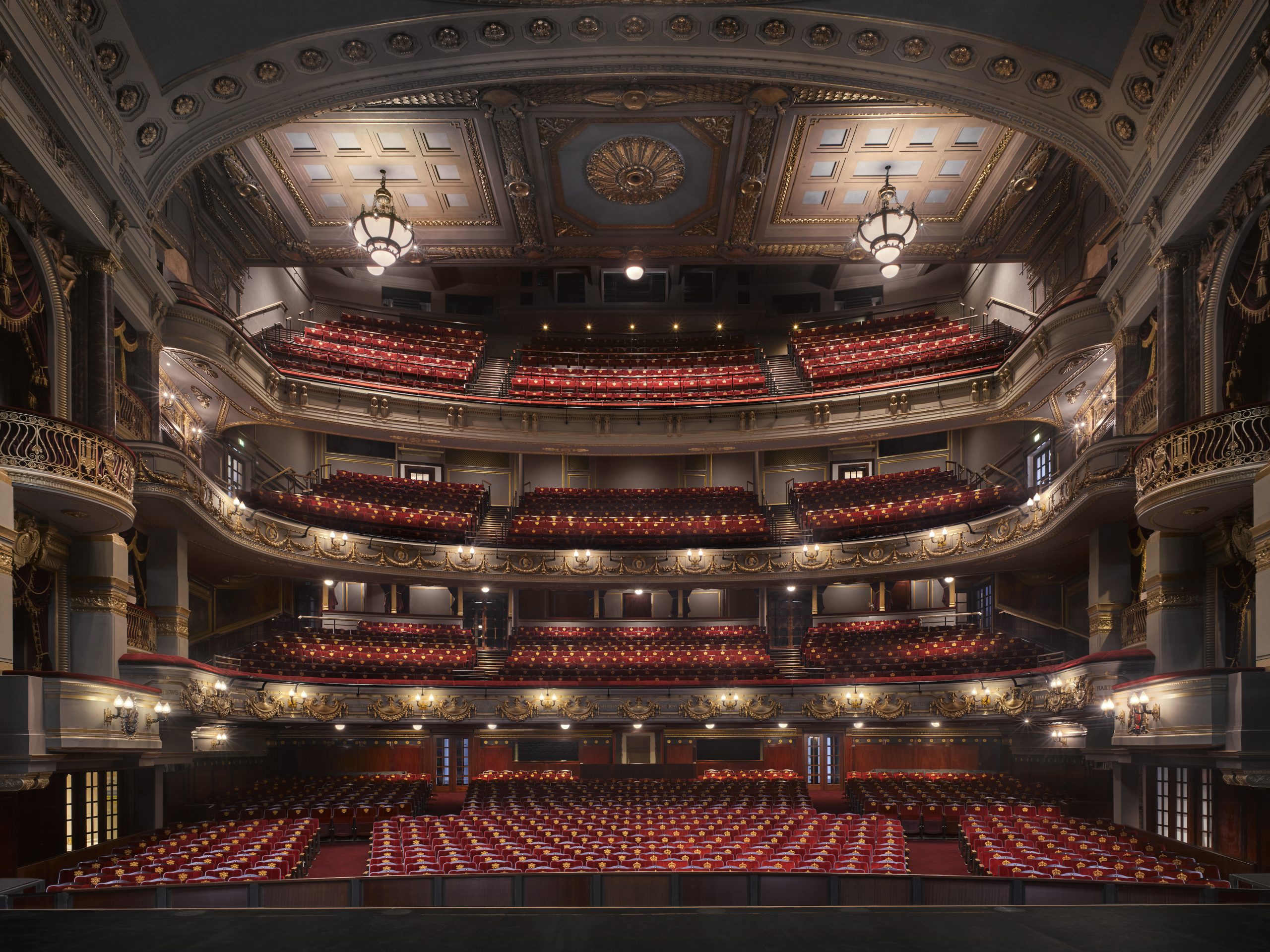
Far more chilling are the encounters on Lincoln’s Inn Fields, WC2, once a place of executions. Anthony Babington, who plotted to replace Elizabeth I with Mary Stuart, was only one of the many Catholics who met their gruesome end on the square, which is now the stomping ground for their restless souls.
The 16th-century Ship Tavern — dark, with an ancient lantern hanging below a ship in full sails and a history as an 18th-century Masonic Lodge — seems the perfect place for their gatherings, but at least one of its residents is a merry ghost.

During the Reformation, the Tavern doubled up as a clandestine church: priests celebrated Mass behind the bar and hid in priest holes if spotters signalled the arrival of the King’s men. One man of the cloth had a lucky escape and was so inordinately relieved that, to this day, his spectre is said to fill punters with feelings of solace and joy — although that might just as easily be a result of the imbibing as of paranormal influence.
Exquisite houses, the beauty of Nature, and how to get the most from your life, straight to your inbox.
No happy priest — indeed, no former human — haunts the Dolphin Tavern in Red Lion Street, WC1. Instead, when all is quiet, a clock can be heard ticking — except that the pub’s own has been frozen to 10.40pm since September 8, 1915, when a Zeppelin bomb wrecked the Dolphin, killing three people. The old clock was saved from the rubble and placed back on the wall of the rebuilt pub. The hands haven’t moved since — but some say they still make a sound.

Although ghost stories are often a way to make sense of inexplicable events, they may sometimes stem from deep-rooted fears. The slice of Holborn between Gray’s Inn Road, WC1, and Chancery Lane, WC2, was once occupied by Middle Row, a group of small houses that partially blocked the southern end of the street, and was home to Mrs Adkins, a midwife who died in 1678. About six months after her death, reports began to circulate that her spirit had manifested itself to a poor maidservant ‘and with ghastly Countenance seemed to belch flames of Fire’, according to Great News from Middle-Row in Holbourn: or a True Relation of a Dreadful Ghost, a broadside ballad. The phantom directed the girl to dig under a board in the hearth, where she found the bones of two children: ‘It is conjectured that they had been Children Illegitimate, or Bastards who to save their Mothers Credits had been Murthered, and buried there’.
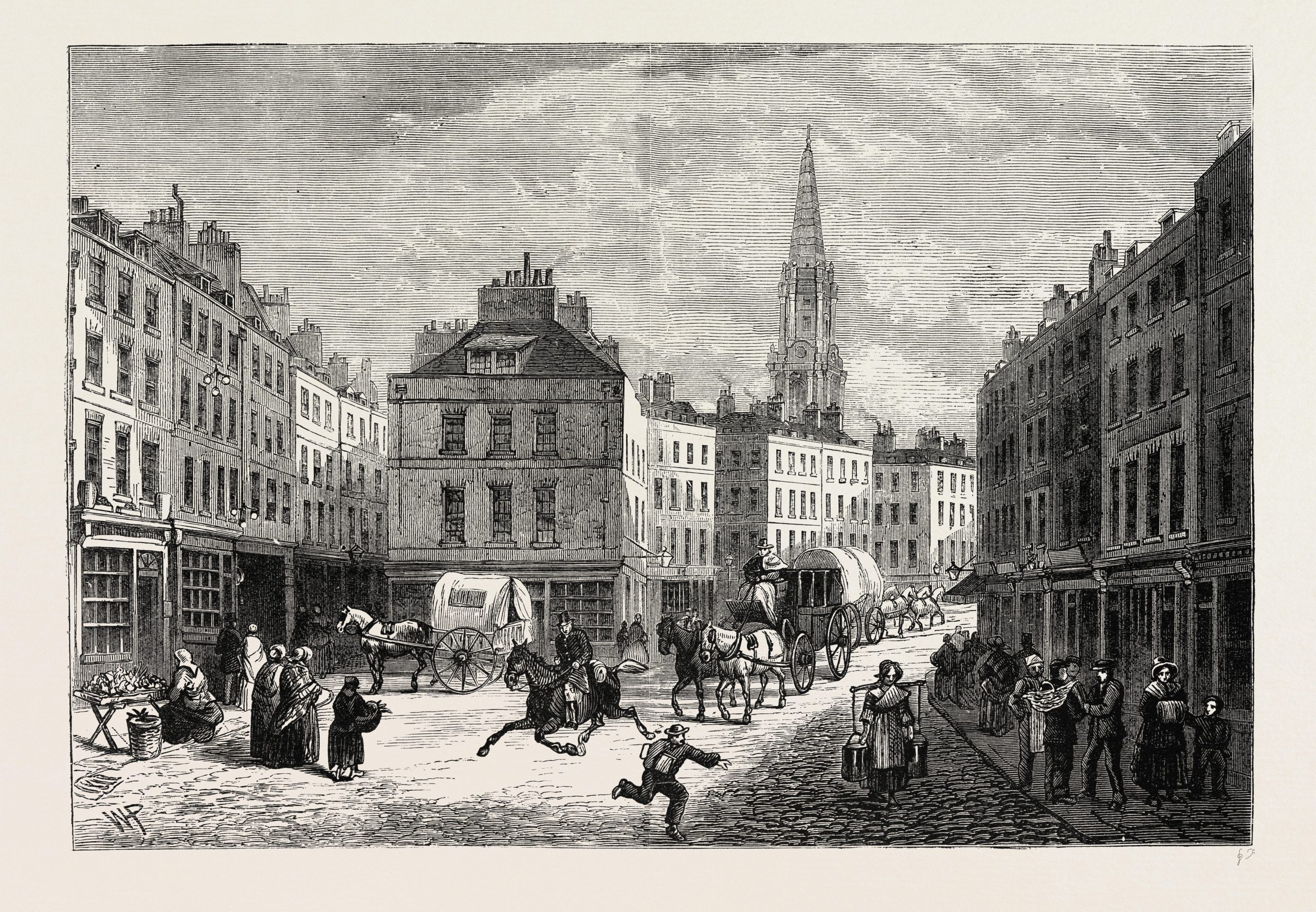
Aaron Archer of the University of Essex believes that the story may be linked to 17th-century fears over infanticide and illegitimacy, and ‘was intended with a moralising tone. Although we will never truly know whether the ghost story came first or whether a narrative was spun that immortalised [it], it is possible that the idea behind the publication was to offer a story focused on morality’. That said, Lisa Smith, senior lecturer at the University of Essex, adds that Middle Row was a liminal space, ‘being in a physically awkward spot, as well as on the gallows route. The pictures certainly suggest an oddly placed building that would have resulted in darker, narrower roads alongside it. Liminal spaces — places that are betwixt and between, neither one thing or another — are fundamentally unsettling and liminality is often an attribute of “haunted” spaces’.
This theory could explain the eerie reputation of another awkward space, Bleeding Heart Yard, EC1, a patch of cobblestones hemmed in by converted warehouses where Holborn meets Farringdon. When the sun hides behind the brick buildings and the Scotch Malt Whisky Society is shut, legend has it that a different kind of spirit takes over: it’s the ghost of Lady Elizabeth Hatton, whose heart was found here, still beating, after the Devil killed her and dismembered the body. Sadly — or perhaps fortunately for the lady in question — the tale falls apart on the small detail that she never existed: she is a muddled mix of Lady Alice, wife of Elizabethan politician Sir Christopher Hatton, and his niece-in-law, Lady Elizabeth, neither of which appears to have been murdered.

If foreboding Bleeding Heart Yard is made for eerie apparitions, little looks less conducive to hauntings than St Bartholomew’s Hospital, EC1, which, despite its historic North Wing, is now mostly a triumph of contemporary, light-flooded architecture.
Perhaps the spectres have been in residence since earlier times — founded in 1123, St Bart’s is Britain’s oldest hospital — and have tenaciously clung on despite centuries of demolition and redevelopment. Rumours speak of a nurse in ancient uniform stalking the corridors of W. G. Grace Ward — possibly the victim of a patient — and of a more benign presence bringing comfort to the Bedford Fenwick Ward. If a floral scent suddenly pervades the King George V block, it’s Jasmine, a ghost with a taste for perfume.
Altogether, St Bart’s phantoms promise a more pleasant experience than those of the nearby Viaduct Tavern (126, Newgate St, EC1), where a manager found himself locked in the cellar as the lights suddenly went off, before being rescued by his intrepid wife. A Victorian gin palace built on the site of what was once the Giltspur Comptor prison, the Viaduct supposedly has many spectres — a ragtag host of former patrons and barmaids — but the poltergeist responsible for most of the antics is Robert, according to the Paranormal Database, although it is not entirely clear how people would know his name.
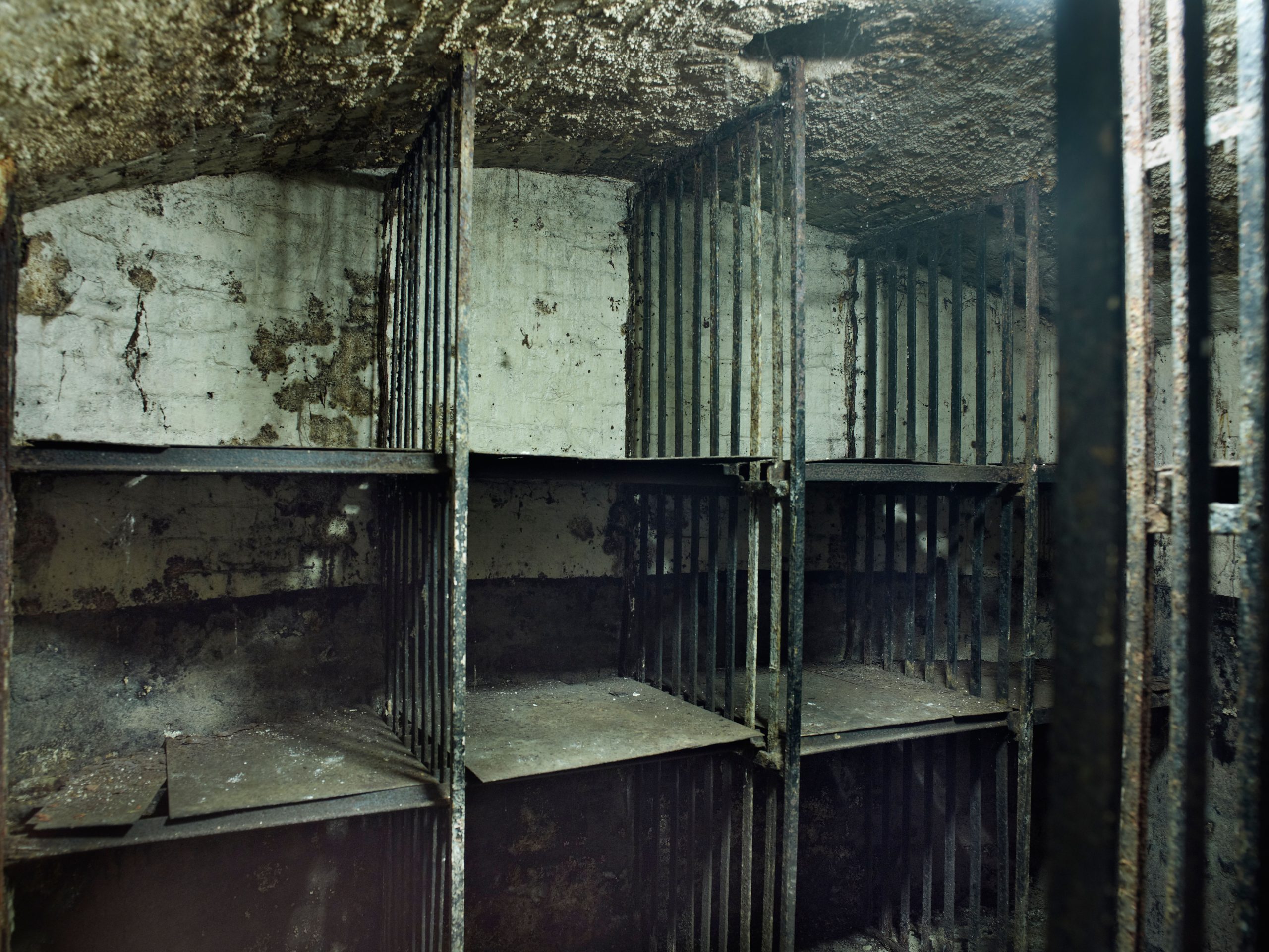
He appears to have a particular penchant for tormenting staff and contractors: story has it that when fitters once went in to lay a new carpet, one roll was creepily lifted off the ground.
Luckily, he doesn’t seem to bother the patrons who sit among the pub’s giant mirrors, marbles and Pre-Raphaelite-style paintings, gin and tonics in hand. Clearly, even ghosts have a healthy respect for a good gin.
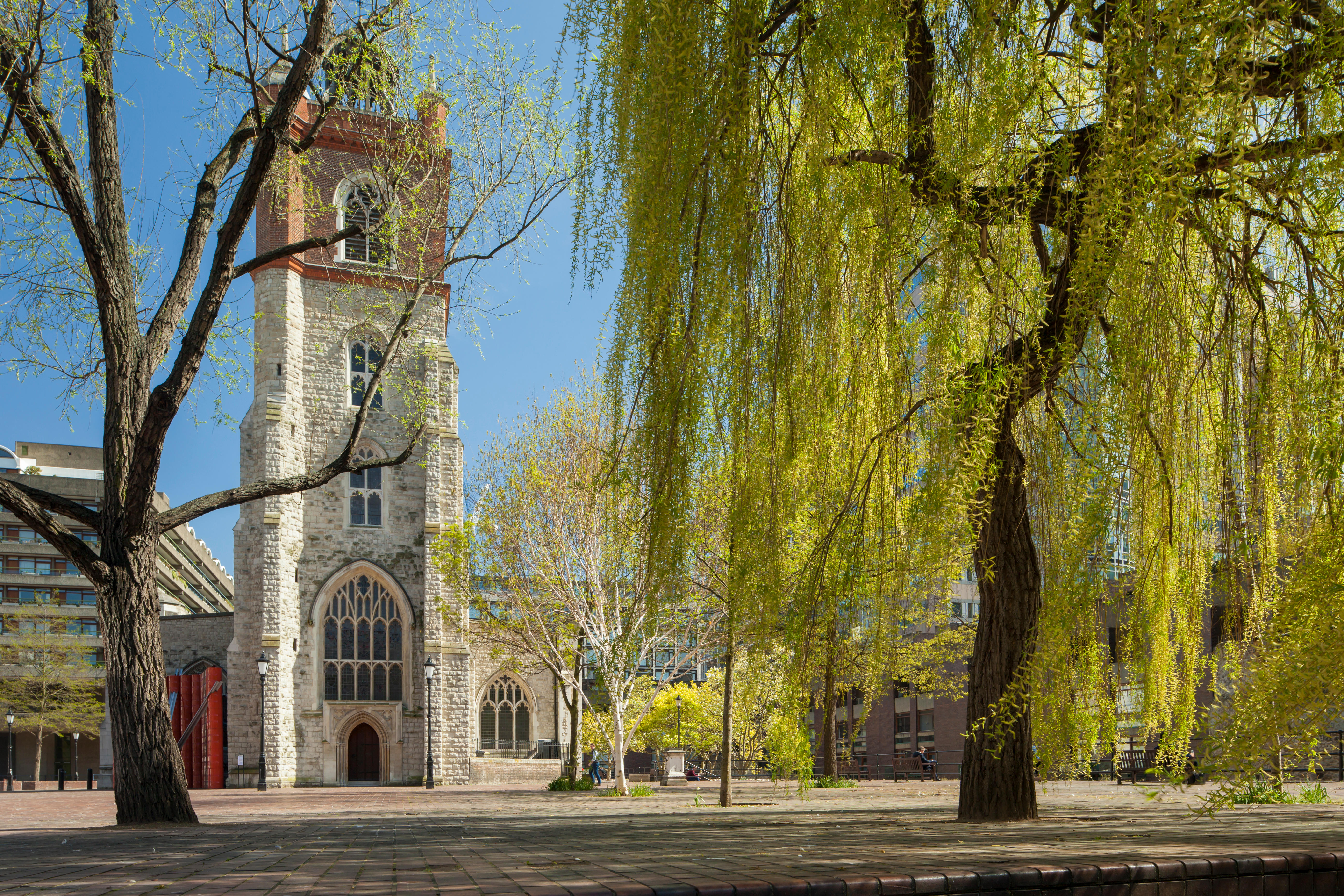
A City of London walking tour: 10 centuries in one day
The City of London offers an extraordinary contrast to the visitor: it's simultaneously the oldest, most historic part of the

Best walks in London, from Kew Gardens and Eltham Palace to Lesnes Abbey and the 'Cathedral of Sewage’
Our capital city is more inviting for walkers than you might expect, with meadows, towpaths, unexpected sculpture and great houses

Credit: Alamy
A walk in York: Roman walls, battlements, turrets and the most glorious cathedral façade in Britain
Fiona Reynolds swapped the countryside for the city as she walked York's magnificent city walls.
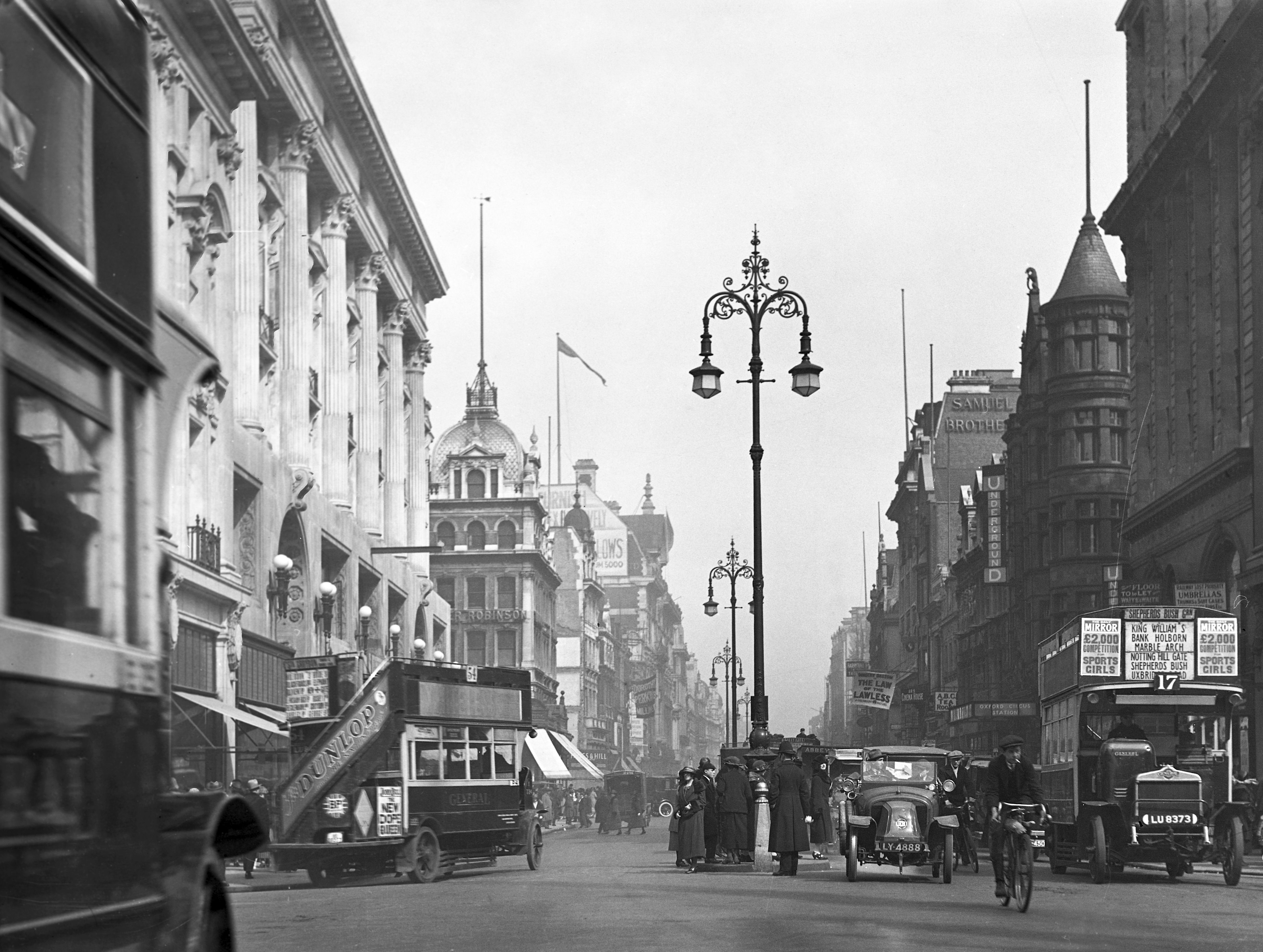
Oxford Street: How a Roman road evolved via public hangings into the most famous street of shops on the planet
To coincide with the publication of a definitive new study of Britain’s most famous retail destination, Andrew Saint looks at
Carla must be the only Italian that finds the English weather more congenial than her native country’s sunshine. An antique herself, she became Country Life’s Arts & Antiques editor in 2023 having previously covered, as a freelance journalist, heritage, conservation, history and property stories, for which she won a couple of awards. Her musical taste has never evolved past Puccini and she spends most of her time immersed in any century before the 20th.
